Review – Budget PLA+ Filament
I’ve shown quite a few people either my 3D printer or objects I’ve printed with it, and the most common question I get is “How much does the filament cost?” Unfortunately this question is about as easy to answer as “How long is a piece of string?” because the cost of a spool of filament, even something as apparently simple as PLA, varies wildly. Checking on Amazon the other day, I found that a 1kg roll of PLA filament can cost up to £217.99. That’s… a little more than I usually pay, but I’m sure for that kind of money you get a high-quality print that’s free of bubbles and cracks, has an amazingly consistent diameter and gives high-quality prints.
But what do you get for £14.99?
Obviously the biggest difference between a £14.99 roll of PLA and a £217.99 roll of PLA is that I’m actually willing to buy the cheap one, so I’m not going to give a direct comparison of them here, but what I was curious about is whether filament at that price is good enough. Could you use it for day to day printing jobs and still get acceptable quality? I decided to pick up a roll of grey Jayo PLA+ and try it out.
Never heard of Jayo filament? Neither had I, but it turns out to be a new budget brand from SUNLU and I’ve bought quite a lot of their PLA, so I was pretty optimistic. Without further ado I opened Cura, set the Ender 3 to 200°C at the nozzle and 50°C on the bed, loaded a double-size Benchy and one of my strength-testing hooks, and got printing.
How Did It Turn Out?
A few hours later the job was done, and I started stripping the supports off the Benchy. How did the filament perform? Well, as far as I can tell, flawlessly. There are a couple of faint lines on the hull, but that’s common when printing such a large surface; there’s no evidence of bubbles or any other imperfections in the filament, and the print feels strong and solid. Details, like the nameplate on the stern, are nice and crisp. I honestly can’t see any difference in quality between the Jayo filament and my everyday black SUNLU.
Next up was the hook test. I fitted the hook on my office door, hung a shopping bag from it and started loading books. It held up pretty well, getting to 13 books before there was a snap and the end came off. That’s much better than the PLA I used in my original strength tests (seven books) but not as good as PETG (20 books).
While I had the spool loaded, I decided on one more test. I have some painting to do this week, so I downloaded a paint stirrer from Thingiverse and printed one off. Because this has to be dipped into a tin of gloopy undercoat and spun with a cordless drill I upped the wall thickness from two to five lines and set infill to 75%; it printed perfectly and seems to be a strong, solid print.
The Verdict
So, £15 filament – is it worth buying? Based on my experience with it so far I’d have to say yes, it definitely is. This stuff is just as good as the PLA I usually get, and also seems to be stronger (possibly because it is, after all, PLA+). If I was printing something that absolutely needed to be the best possible quality I think that, to be on the safe side, I’d opt for a premium filament. Most things I print aren’t like that, though, and I suspect I’m not alone. Lots of 3D printer projects are prototypes, temporary jigs or components that don’t really need great strength or a perfect finish, and this Jayo PLA+ will do just fine for most of them.

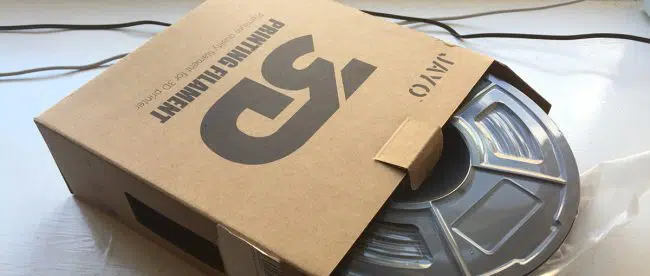
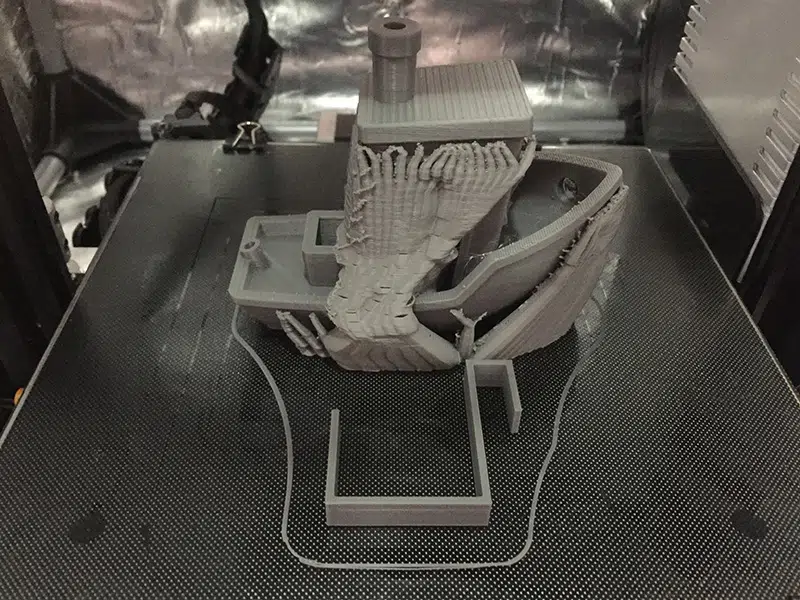
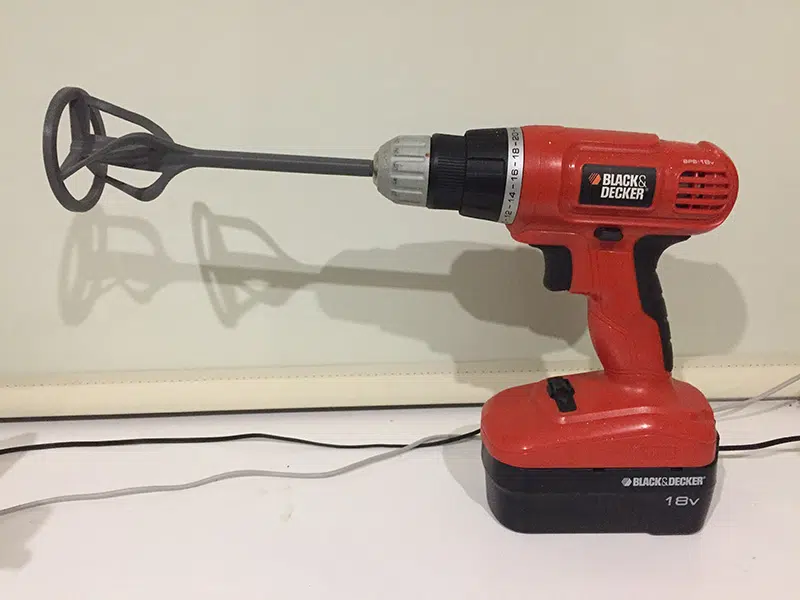
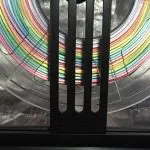
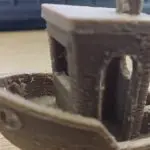
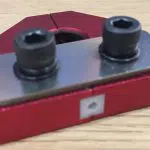

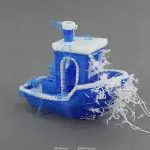
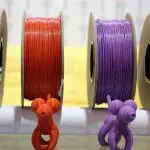
Leave a comment
You must be logged in to post a comment.